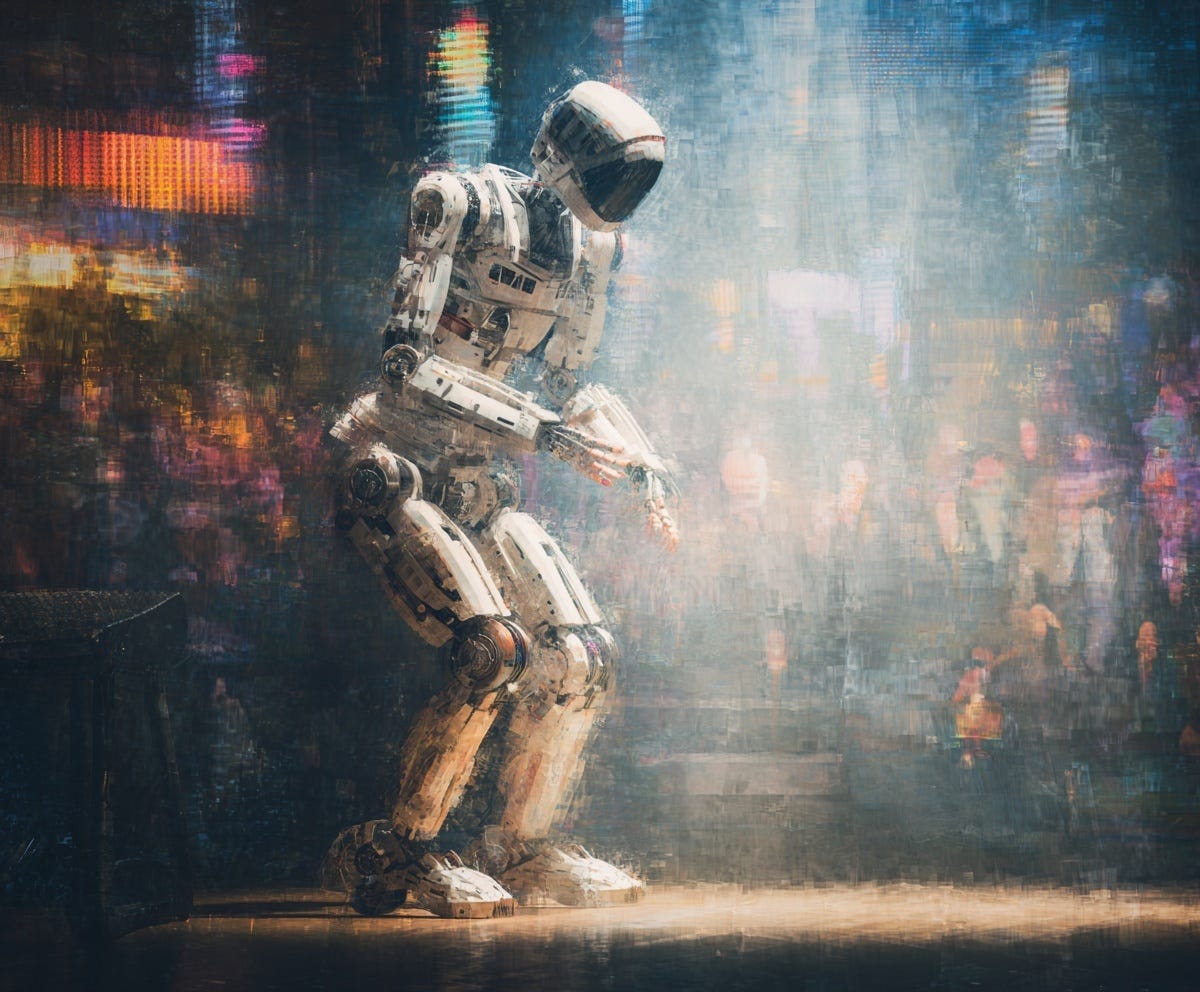The science fiction community is grappling with the impact of artificial intelligence on creative industries, and nowhere is this tension more visible than in recent short fiction. P.A. Cornell's "Through the Machine," featured in Lightspeed Magazine and promoted by Gizmodo, presents a dystopian vision of AI replacing actors with digital doubles, leaving human performers relegated to mere public appearances while algorithms handle the actual craft.
But what happens when you feed that same anti-AI story into AI and ask it to fix the narrative problems?
In a fascinating creative experiment, we analyzed Cornell's story through both traditional literary criticism and AI assistance, identifying key structural weaknesses: passive protagonists, excessive exposition over dramatic action, and a pessimistic worldview that offers no meaningful solutions to the problems it presents. The original story reads more like illustrated journalism than compelling fiction. It’s a series of complaints about technological displacement without the narrative sophistication that makes short fiction memorable.
Using AI as a collaborative writing tool, we completely reimagined the story with a more optimistic premise: what if AI-enhanced rather than replaced human creativity? The revised version transforms the passive, victimized protagonist into an active agent who investigates, experiments, and ultimately advocates for human-AI collaboration. Instead of ending with vague plans and continued frustration, our version concludes with concrete action and genuine transformation.
The contrast is striking. Where Cornell's story tells us about the protagonist's feelings through internal monologue, our AI-assisted revision shows character growth through dramatic scenes. Where the original presents AI as an inevitable threat, our version explores it as a tool for accessing deeper human authenticity, helping actors discover emotional territories they couldn't reach alone.
This experiment reveals something important about the current AI debate in creative fields. The most vocal opposition often comes from those who view technology as inherently threatening to human artistry. But what if the real threat isn't AI itself, but our unwillingness to explore how technology might enhance rather than replace human creativity?
The irony is unmistakable: a story written to demonstrate AI's threat to human storytelling was significantly improved by AI collaboration. The technology didn't replace human creativity; it amplified it, helping identify structural problems and generate solutions that served the story's deeper themes.
Our complete revision, written in the style of acclaimed science fiction author Lois McMaster Bujold, demonstrates how AI can serve as a sophisticated creative partner. Rather than producing generic content, it helped craft a narrative with genuine emotional depth, active protagonists, and a hopeful vision of technological integration.
Perhaps the most telling aspect of this experiment is how it mirrors the themes of our revised story. Just as our fictional protagonist discovers that AI can help him access parts of himself he'd never known existed, we found that AI collaboration revealed storytelling possibilities that might not have emerged through traditional methods alone.
The future of creative industries may not be about choosing between human and artificial intelligence, but about discovering what becomes possible when they work together. Sometimes the best way to understand that potential is to let the technology speak for itself—even when the original story insists it shouldn't have a voice at all.
Watch the full analysis and creative process in the video above, and read our complete AI-assisted revision to see how collaborative technology might reshape storytelling itself.
The full AI-short story is below the paywall for your entertainment and enjoyment (which is also available on the Jon Del Arroz Subscribe Star where we put up all of our creative works)!
You can compare to the original story by P.A. Cornell. Which do you think is better?
Keep reading with a 7-day free trial
Subscribe to Fandom Pulse to keep reading this post and get 7 days of free access to the full post archives.





